Willard Nickel was born in Three Rivers, Michigan on January 10, 1899.

Willard T. Nickel
Three Rivers is in south central Michigan near the Indiana border, where the confluence of the St. Joseph River with its triibutaries the Rocky and the Portage Rivers created opportunities for dams and hydroelectric power to run the mills when the area was first settled by Europeans in the 1830s.
His father, Willis Nickel, worked as a millwright and was the foreman in a papermill there.
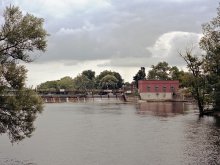
Willard was the youngest of three, with an older sister, Margaret, and brother, Percy.
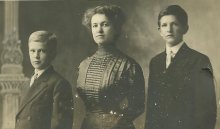
By the time Willard was old enough for High School, he had moved to Grand Rapids, Michigan, 75 miles north. It is not clear that the rest of the family moved with him.
He played the trumpet in the school band, which is where he met Jenny Daniels. They soon formed a musical group with her mother (piano) and father (clarinet), her sister, Gertrude (Trudy - violin), and Trudy's boyfriend, Perry MacDonald (drums). The group played for dances all over the area. The Daniels family was adept at this, having already played together c ommercially for years, tarting back when their family lived in Oklahoma territory.
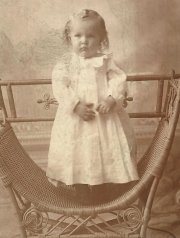
His mother was later
described as a stern and extremely frugal woman. A family
story already passed along for several generations is that she would
leave soap out and uncovered so that it would dry out and last longer.
As the foreman, Willard's father was management's enforcement arm. When workers complained about wages, he was quoted as saying, "no man is worth a dolar an hour."
As the foreman, Willard's father was management's enforcement arm. When workers complained about wages, he was quoted as saying, "no man is worth a dolar an hour."
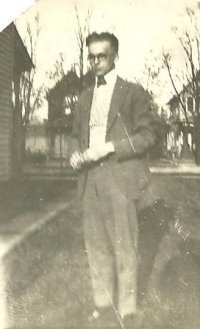
The Daniels sisters dropped out of Grand Rapids High and never finished. Perry MacDonald dropped out too. He joined a circus band and traveled with them for a while as the drummer.
Willard finished High School. Then, he got what was in some ways his big break, his ticket to life as a professional. He was hired by his High School to work as their Mechanical Drawing Instructor.
This took place in 1916. It was the middle of World War I. Men were a short commodity on the home front. The school looked over its best recent graduates and selected Willard Nickel.
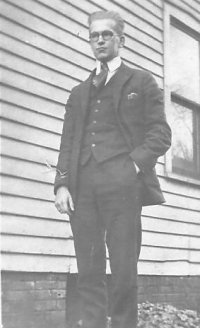
He started in September, 1916 and worked for one year. That position helped give him the chance for a job in industry. At that time, Toledo, Ohio was one of the largest and most important cities in Ohio, with a strategic location on the railroad network which had helped it develop a varied industrial base.
Willys-Overland Motors had large manufacturing operations in Toledo. Between 1912-1918, Willys, known primarily for its production of military jeeps, was the seond leading automobile producer in the United States, after the Ford Motor Company. That's where Willard headed after his year teaching high school.